NIKON Z9: Nikon’s best mirrorless camera to date features a new, stacked 45.7-megapixel sensor and an EXPEED 7 processor that is up to 10 times faster than previous chips. The Z9 packs a lot of new, impressive features into its rugged, chunky body, which has the same level of drip and dust-resistance as the D6 DSLR. The $9K price tag along with its size, weight and complexity make it only suitable for knowledgeable users who are serious about performance when shooting stills and video.
RRP: $8999, body only.
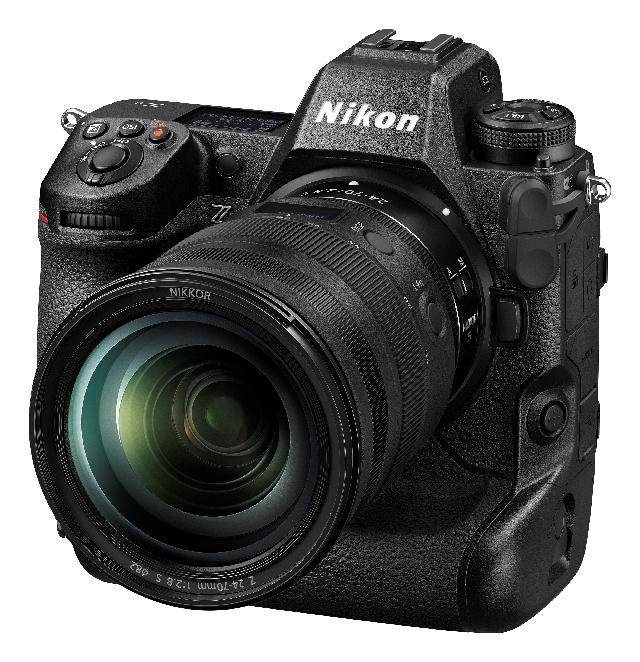
While similar in design to the existing D6 and with equal weather resistance, Nikon’s pro-level Z9 has some significant advantages over the D6 DSLR and provides some compelling reasons to swap to the mirrorless model. Physically, the Z9 delivers a 20 percent reduction in body size and weight, along with a four-axis tilting monitor that is more versatile than the fixed screen on the D6. It also has a much more sophisticated AF system – particularly with respect to subject detection settings – and its video capabilities are at a higher, professional level.
Many of the improvements are due to the ‘Nikon-developed’ stacked CMOS sensor and EXPEED 7 processor. The sensor has a total of 52.37 million photosites with a light-capturing area measuring 23.9 x 35.9mm, which delivers a maximum output resolution of 45.7 megapixels (8256 x 5504 pixels) and it has no anti-aliasing filter. The EXPEED 7 processor enables Dual-Stream Technology, which outputs two data streams from the stacked CMOS sensor: one for writing to the memory card and one for viewing (via the EVF or monitor screen). This allows the electronic viewfinder to display ‘a realistic, lag-free and blackout-free view of action ‘as it happens’ which means exposures shorter than about 1/10 second will provide a ‘blackout-free’ EVF experience.
The Z9 supports both JPEG and NEF.RAW capture and all raw files are recorded with 14-bit colour depth and lossless compression. Nikon provides two ‘high efficiency’ raw file options (HE and HE*) that reduce file sizes by approximately 33 percent or 50 percent respectively, without loss of image quality. On the video front, it is the first mirrorless camera to allow 8K/30p video recording for extended periods (although not the first with 8K support). Most of the functions required by videographers are provided – although the cinema-format DCI 17:9 aspect ratio is not supported. Professional recording options include support for HLG (Hybrid Log Gamma) and N-Log video recording as well as time-coding, focus peaking and zebra pattern displays. HDMI streaming to an external device is currently limited to 4K.
The autofocusing system uses ‘deep learning technology’ for subject detection and can identify pets, birds, airplanes, trains, cars, motorbikes and bicycles. It can also detect human subjects, even when they aren’t looking directly at the camera or their faces are partly obscured. Focus area selection is sophisticated with three sizes of Dynamic-Area AF, two sizes of Wide-area AF, 3D-Tracking AF and Auto-Area AF in the AF-C mode, along with Single-point AF.
A new quick-release mode is used for high-speed burst capture of JPEG/normal sized files at rates of 30 fps or 120 fps. The maximum burst length is approximately four seconds. The C30 fps setting can be used for both FX and DX image sized but the C120 fps setting is only available for SX (full frame) JPEG images in the small 4128 x 2752 pixel (11.4MP) size.
Essentially the main target market for the Z9 will be similar to the D6. It’s a great camera for professional sports and wildlife photographers and photojournalists who need to record high-quality stills and high-resolution video with the same equipment. An excellent overview of the Z9 in use can be found at Thom Hogan’s website at https://www.zsystemuser.com/z-mount-cameras/the-z9-blog/.
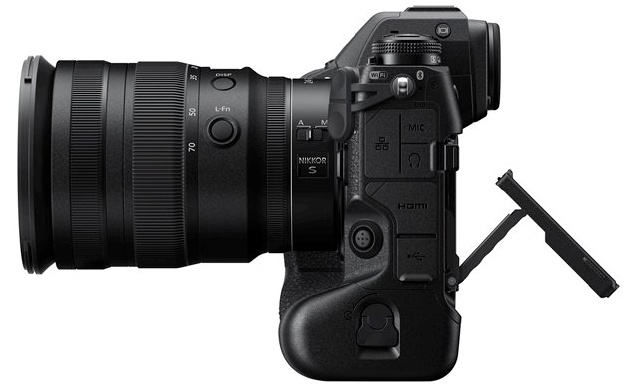
Purchasing Points:
1. The Z9 is the first full frame mirrorless camera with integrated monobloc construction that includes a vertical grip. Its magnesium alloy chassis is dust- and drip-proof and can operate in temperatures as low as -10°C. Interface ports include a USB 3.1 (C connector), HDMI Type-A, RJ-45 Ethernet connector, mic/headphone jacks and a 10-pin remote terminal.
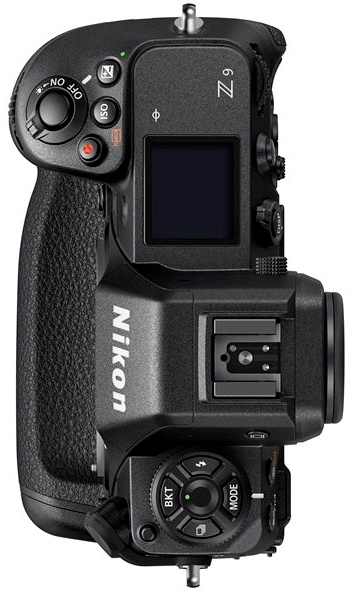 2. The Z9 is also the first mirrorless camera with only an electronic shutter, which means it can operate totally noise-free and is not prone to rolling-shutter distortion. The Z9 can also boast shutter speeds up to 1/32,000 second and burst shooting at up to 30 fps for JPEG shots. Its buffer memory can accommodate up to 1000 continuous NEF.RAW frames at 20 fps or JPEG shots at 11 megapixel resolution recorded at 120 fps.
2. The Z9 is also the first mirrorless camera with only an electronic shutter, which means it can operate totally noise-free and is not prone to rolling-shutter distortion. The Z9 can also boast shutter speeds up to 1/32,000 second and burst shooting at up to 30 fps for JPEG shots. Its buffer memory can accommodate up to 1000 continuous NEF.RAW frames at 20 fps or JPEG shots at 11 megapixel resolution recorded at 120 fps.
3. Another Z9 ‘first’ is its ability to record 10-bit 8K UHD (7680 x 4320 pixels) video at 24, 25 or 30 fps internally for over 2 hours straight at ambient temperatures around 23°C, thanks to its heat-dissipating design. 8K video can only be recorded with H.265 compression but both 10-bit and 8-bit options are available. Clips are limited to 125 minutes in length or 32GB in size. Recorded frames conform to the 16:9 aspect ratio of widescreen TV sets. The cinema-format DCI 17:9 aspect ratio is not supported.
4. 4K UHD recording can be recorded at 120, 100, 60, 50, 30, 25 or 24 frames/second (the 120 and 100 fps settings allow slow-motion recordings) with bit rates between 400Mbps and 150Mbps. Full HD1080p bit rates range from 30Mpbs to 190Mbps, depending on the setting. Users can select ProRes 422 HQ 10-bit for footage destined for professional productions. Otherwise, H.265 10-bit and H.265 8-bit compressions are available with Linear PCM soundtracks in MOV format. MP4 recordings are made with H.264 8-bit compression and AAC audio.
5. Professional recording options include HLG (Hybrid Log Gamma) and N-Log video recording. Time coding is also supported, along with focus peaking and zebra pattern displays. HDMI streaming to an external device is currently limited to 4K. A promised firmware update, scheduled for ‘early 2022’ will add 12-bit raw internal recording at 8K/60 and 50p as well as support for N-RAW and ProRes RAW HQ formats at 12-bit depth.
6. The Z9 hybrid phase- and contrast-detection system autofocusing system uses a new Subject Detection algorithm and boasts 493 selectable AF points. As well as being able to detect faces and eyes of human subjects, the Z9 includes detection settings for cats, dogs, birds, bicycles, cars (including rally cars), motorcycles, trains and planes (including helicopters), along with 3D-Tracking.
7. The 3.2-inch touch-enabled monitor screen can be tilted through 90 degrees up and 23 degrees down vertically and 90 degrees up and 43 degrees down horizontally – or combinations of these adjustments. It has a resolution of 2,088,960 dots plus a170° viewing angle and full frame coverage. Colour balance can be fine-tuned and there are 11 levels of manual brightness adjustments (from +5 to -5).
8. The Z9 also provides a wide range of release mode adjustments, with the single, continuous (H and L), self-timer and quick-release mode selection settings grouped on a lever switch at the base of the stack to the left of the EVF housing. The H and L modes are adjustable, the former between 10 and 20 fps and the latter between 1 and 10 fps.
9. Self-timer release delays can be set for two, five, 10 or 20 seconds via Custom setting (c2). Interval timer shooting, time-lapse movie shooting and focus shift shooting are also available. Exposure smoothing can be applied to balance out changes in ambient lighting during time-lapse sequences.
10. Dual media slots are provided for CFexpress cards, Type B size and both slots are XQD compatible. All the standard options for saving images and video clips and transferring files between cards are available.
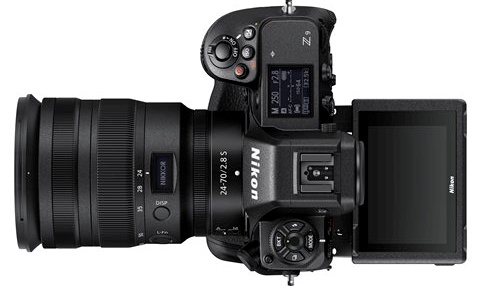 11. Built-in Wi-Fi 802.11ac (SnapBridge or Nikon Wireless Transmitter Utility) is augmented by Bluetooth 5.0 (SnapBridge compatible) and the Z9 also includes a 1000Base-T Ethernet connection. Geotagging of images and video clips is supported via integrated GPS that can link to GLONASS and /QZSS satellites. The NXMobileAir app is also available for connecting the Z9 to a smartphone (Android or iOS), either via USB cable or through FTP.
11. Built-in Wi-Fi 802.11ac (SnapBridge or Nikon Wireless Transmitter Utility) is augmented by Bluetooth 5.0 (SnapBridge compatible) and the Z9 also includes a 1000Base-T Ethernet connection. Geotagging of images and video clips is supported via integrated GPS that can link to GLONASS and /QZSS satellites. The NXMobileAir app is also available for connecting the Z9 to a smartphone (Android or iOS), either via USB cable or through FTP.
12. The EN-EL18d lithium-ion battery is CIPA rated for 740 shots/charge and supports USB recharging.
Nikon Australia, 1300 366 499; www.nikon.com.au.
– Margaret Brown
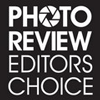
For a more comprehensive review of the Z9, including performance charts, click here.





This is an Amazing Nikon product , we at Camera Lane have 2 in stock ..
I’ll be shooting with the Z9 at the Commonwealth Games and look forward to seeing what it can do.